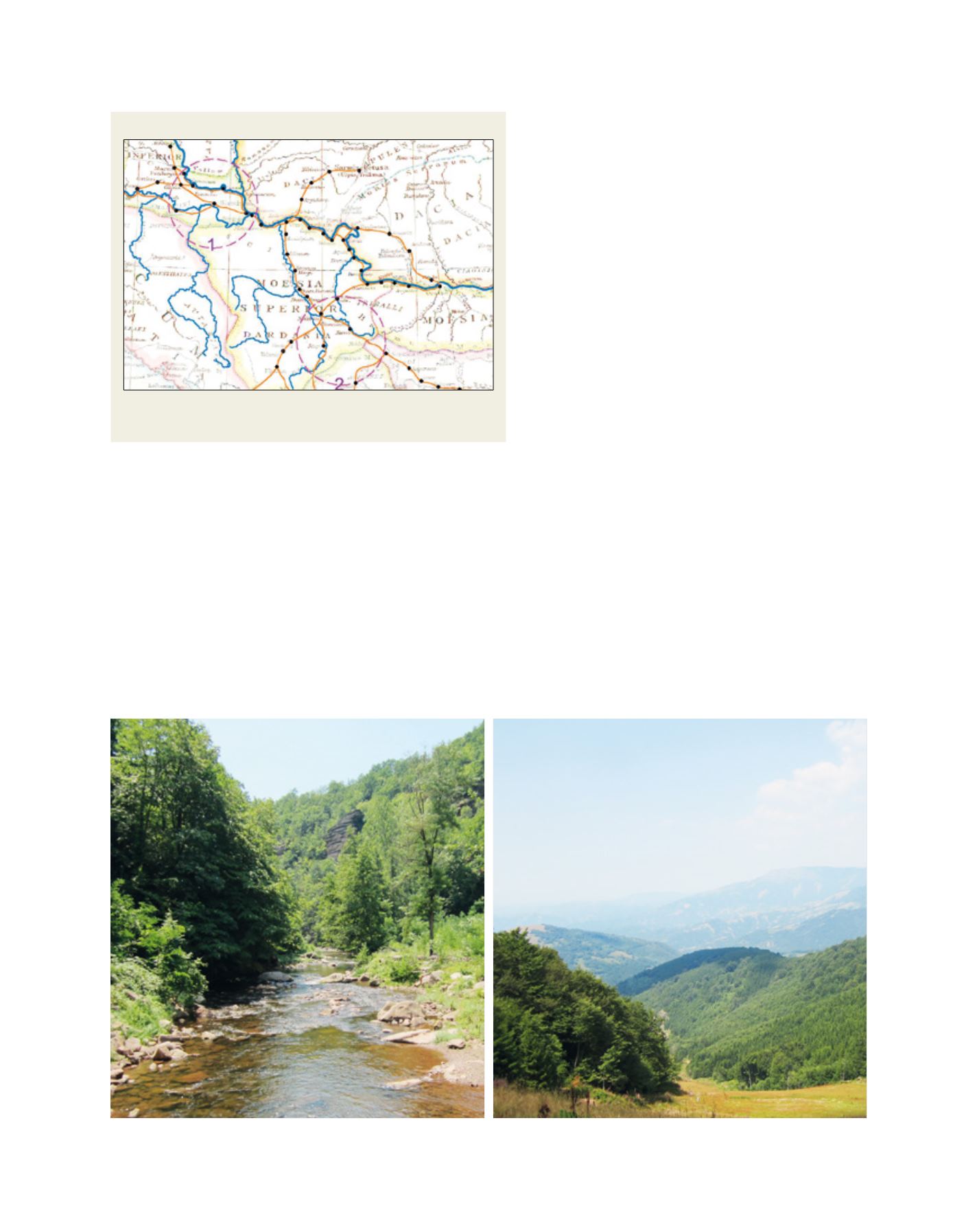

[
] 124
W
ater
E
ducation
and
I
nstitutional
D
evelopment
Current knowledge and practice is mainly imple-
mented in large urban areas where educated people live
and access to information is easy. Even in large cities
where urban sprawl occurs, especially during turbu-
lent times when uncontrolled urbanization phenomena
take place, a lack of proper planning and construction
of infrastructure systems – particularly sanitation –
means that the implementation of regulations related to
water leaves a lot to be desired. The Urban Waste Water
Treatment Directive
2
has been implemented despite
difficulties due to economy problems, underbuilt water
and sewage systems and especially a complete lack of
wastewater treatment plants.
On the other hand, vast populations live in rural areas
or small towns where procedures and standards applied
in everyday practice belong to traditional ways of living
rather than to up-to-date accomplishments and regula-
tions. If we take for an example the situation in Serbia,
more than 95 per cent of water professionals live in five
large cities – Belgrade, Nis, Novi Sad, Kragujevac and
Subotica – according to data from the Serbian Chamber
of Engineers. Governmental and intergovernmental insti-
tutions and projects should foster a policy of permanent
education, employment opportunities and technical
improvement in less developed regions in order to create
the conditions for environment preservation.
European directives are quite restrictive in terms
of further development that would be of benefit for
the environment. In that regard, the implementation
of directives should be extended to sustainable use of
water through irrigation, energy production and naviga-
tion, but also through recreational use of water such as
water sports, boating and so on.
Ecological status in river basins depends on population occupancies
and the human activities practiced. Urban areas and industrial centres
alter natural conditions in the basins and could put extensive pressure
on the environment. Urbanization is an emerging process induced by
many causes such as job opportunities, young people seeking educa-
tion, social status, medical security and cultural facilities. Due to the
occupancies of large areas with urban amenities, more farmland and
wildlife habitats are displaced by impervious surfaces. At the same
time, increases in pollution sources such as soot, industrial fumes and
motor vehicle exhaust gases directly impact all environmental aspects,
such as water and air pollution, the water cycle, flora and fauna.
Via Militaris
Serbia’s Via Militaris is the focus of a project to connect archaeological and
historical heritage with water resources
Source: Faculty of Civil Engineering, Belgrade
The River Temska (left) and Stara Mountain (right) in Eastern Serbia are areas with abundant water resources, flora and fauna
Image: Tamara Jankovic, 2012


















